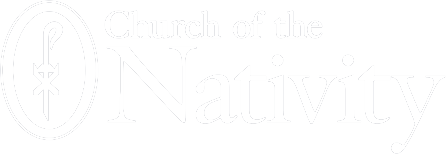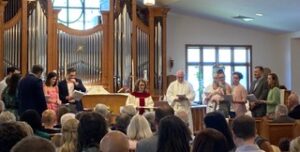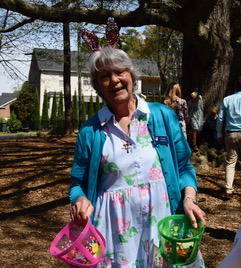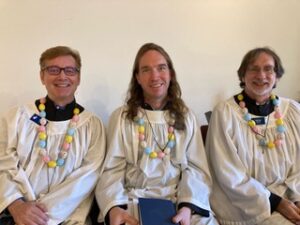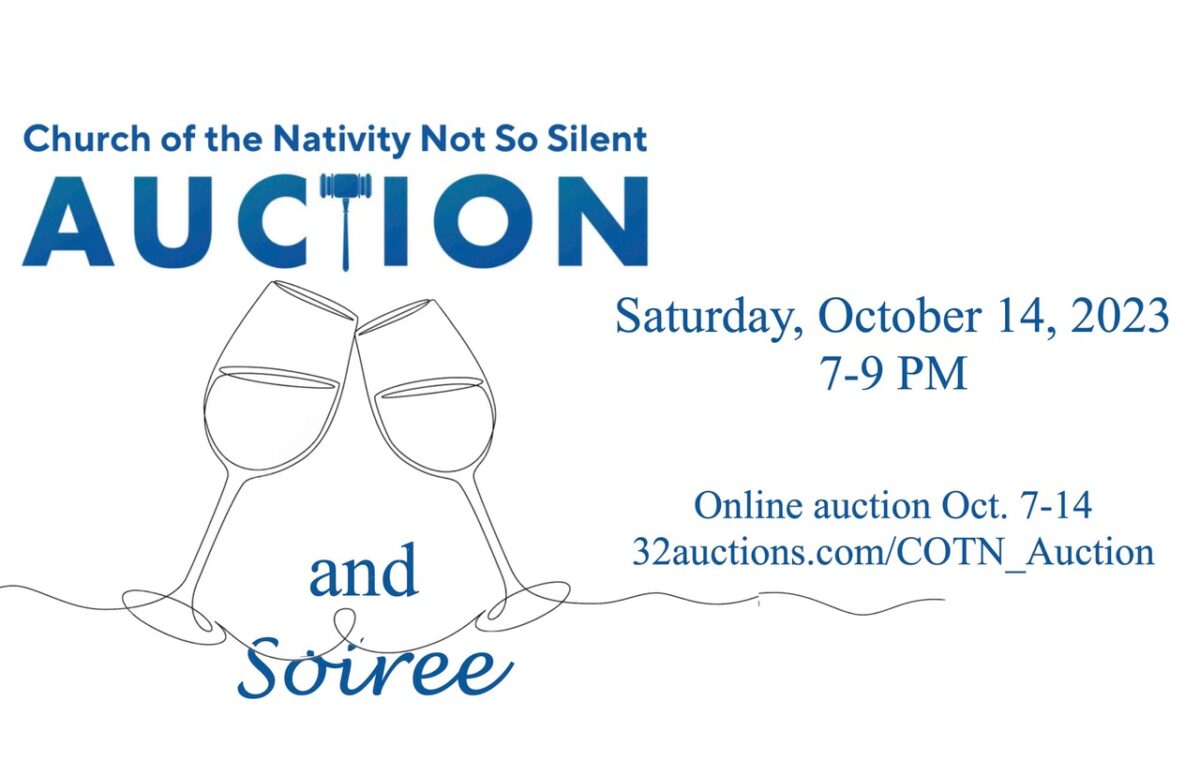by Chuck Till
The first Bishop of the newly formed Diocese of North Carolina, John Stark Ravenscroft – the namesake of Ravenscroft School in Raleigh – was an enslaver. After he became a member of the clergy, he emancipated many of his enslaved persons but not all. The second Bishop of the Diocese, Levi Stillman Ives, defended the institution of slavery even as he encouraged his white parishioners to attend to the spiritual needs of their enslaved persons. The original benefactor of Ravenscroft School, Josiah Watson, was a member of Christ Church in downtown Raleigh and owned a plantation of 10,000 acres in Wake and Johnston Counties. His plantation was staffed by at least 135 enslaved persons.
I hope you are not surprised by these facts, which are not isolated instances. Far more than uncomfortable truths, they are an indication of how thoroughly the practice of slavery permeated this state. As the Rev. Dr. Brooks Graebner, the Historiographer of our Diocese, has written, “The colonial Anglican Church was identified with ruling elites, and the Episcopal Church continued to reflect economic and social privilege. In 1860, more than 50 percent of North Carolina’s largest slaveholders were Episcopalians, although in the state as a whole there were 50 times more Baptists and five times as many Presbyterians.”
At the time of the Civil War, our Diocese consisted of about 40 congregations. One-third of them, such as Christ Church, are in the current territory of our Diocese. The remaining churches are now in the Diocese of East Carolina or the Diocese of Western North Carolina. These church buildings and their operation were financed mainly by parishioners in the upper strata of southern society. Where did their money come from? Particularly from Greensboro eastward to the coast, some were owners of large plantations that were financially and operationally dependent on the labor of enslaved persons. Many other parishioners were enriched by their direct dealings with enslavers: merchants, suppliers, shippers, etc.
In short, the footprints of slavery are all over our Diocese. Just like you should think of the consequences of colonialism every time you walk the beautiful streets of London or Paris, you should think of the consequences of slavery every time you enter one of our splendid older Episcopal churches. The brutal exploitation and repression of African-Americans in North Carolina did not end in 1865, of course. It continued almost unabated for decades – even within the church – and persists to this day.
What does this mean to a comparatively new church like Nativity? Unlike some churches in the Diocese, there are no historic plaques or stained glass in our worship space to honor contributors whose wealth is tainted by slavery. Nor does Nativity have its own history of segregation to contend with. But we are not off the hook. In the immediate vicinity of Nativity in northwest Wake County, there are many indications of a large African-American population. The original Jeffrey’s Grove School on Creedmoor Road, since replaced, was built for African-American children during segregation. The Masonic lodge at the northwest corner of Strickland and Ray Roads is historically African-American. The Chavis family once owned much of the land along Ray Road south of Nativity (and still owns some of it).
Was Nativity’s 7 acres of land ever worked by enslaved persons? Was it a meeting site for the Ku Klux Klan? Is the start-up funding that Nativity received in its early years from other Episcopal churches in the area traceable to tainted sources? I don’t know the answers to these questions, but they are fair questions to pose. And even if the answers are no, we are part of a Diocese that has some awful history. This is the work that our Bishops have called us to continue in their recent pastoral letter.
